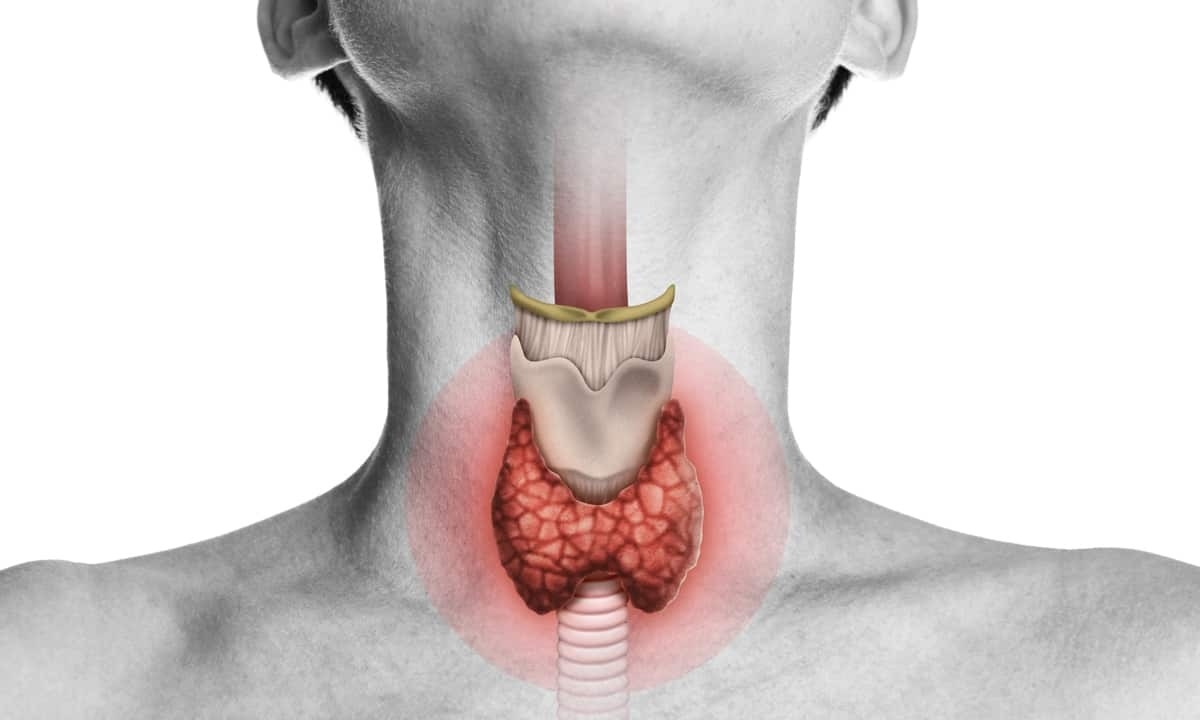Overproduction of thyroid hormones by the thyroid gland, also known as hyperthyroidism or an overactive thyroid, is a condition that affects almost all major organs and, somewhat surprisingly, also affects the skin because of the excess thyroid hormones’ acceleration of biological processes. The increased blood flow, metabolic rate, and cell proliferation that result from this increased activity have a major impact on the health of the skin. Given the complex relationship that exists between hyperthyroidism and skin health, it is essential to investigate the symptoms and implement practical measures to protect the skin from the effects of this thyroid condition.
Knowing How Hyperthyroidism Affects Skin Health
Dr. Shweta Shetkar, MBBS, DDV, dermatologist and cosmetologist at Amaryllis Skincare Clinic in Mumbai, discussed the profound effects of hyperthyroidism on skin in an interview with HT Lifestyle. She explained that the accelerated growth of skin cells can cause a variety of issues, and that hyperthyroidism differs from hypothyroidism in that it causes unique skin problems. –
- Skin Rash: One of the most prevalent signs of hyperthyroidism is a rash that usually appears in skin folds.
- Hives (Urticaria): As a result of hyperthyroidism, painless, elevated skin patches that are frequently accompanied by itching may appear.
- Itchiness: Whether or not rashes or hives are visible, itching feelings may manifest.
- Skin Discoloration: Affected regions may have a waxy, rigid feel and show signs of discoloration.
- Unusual Warmth: The elevated metabolic rate linked to hyperthyroidism can cause heightened heat sensitivity, which manifests as hot, perspiring skin.
She emphasized, “The main cause of hyperthyroidism is Graves’ disease, which frequently coexists with pretibial myxedema. Known as Graves’ dermopathy, this secondary skin ailment often coexists with eye bulging and swollen fingers. It presents as lumpy and inflammatory skin on the lower thighs. For people with hyperthyroidism to get thorough therapy and care, it is essential to comprehend these skin symptoms.
Skin tone, among other individual characteristics, can affect how a hyperthyroid rash appears and feels, according to Dr. Shweta Shetkar. She clarified, saying that in addition to developing elevated areas known as hives, the rash may appear in purple, red, or brown tones. Itching and soreness are frequent features of a hyperthyroid rash. People may feel more sensitive to heat, which can result in perspiration, and their skin may appear heated.




